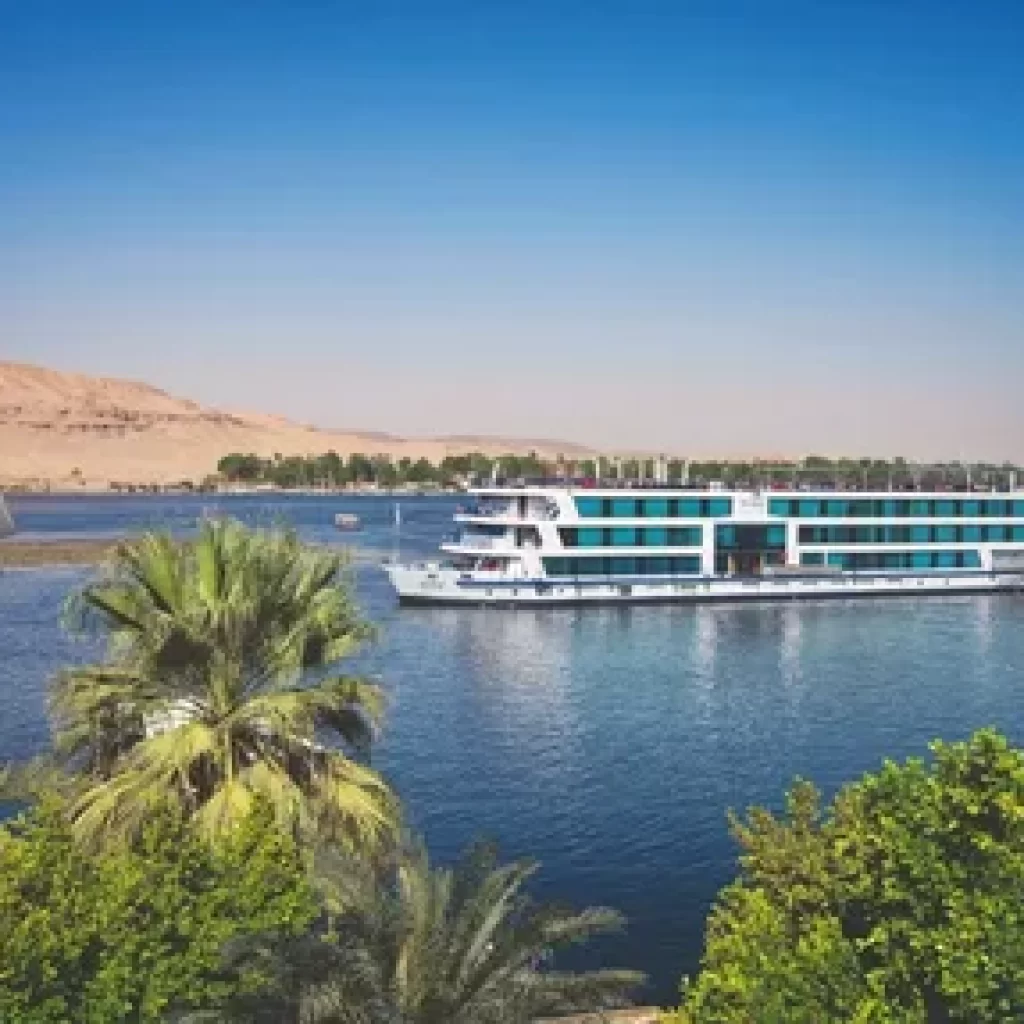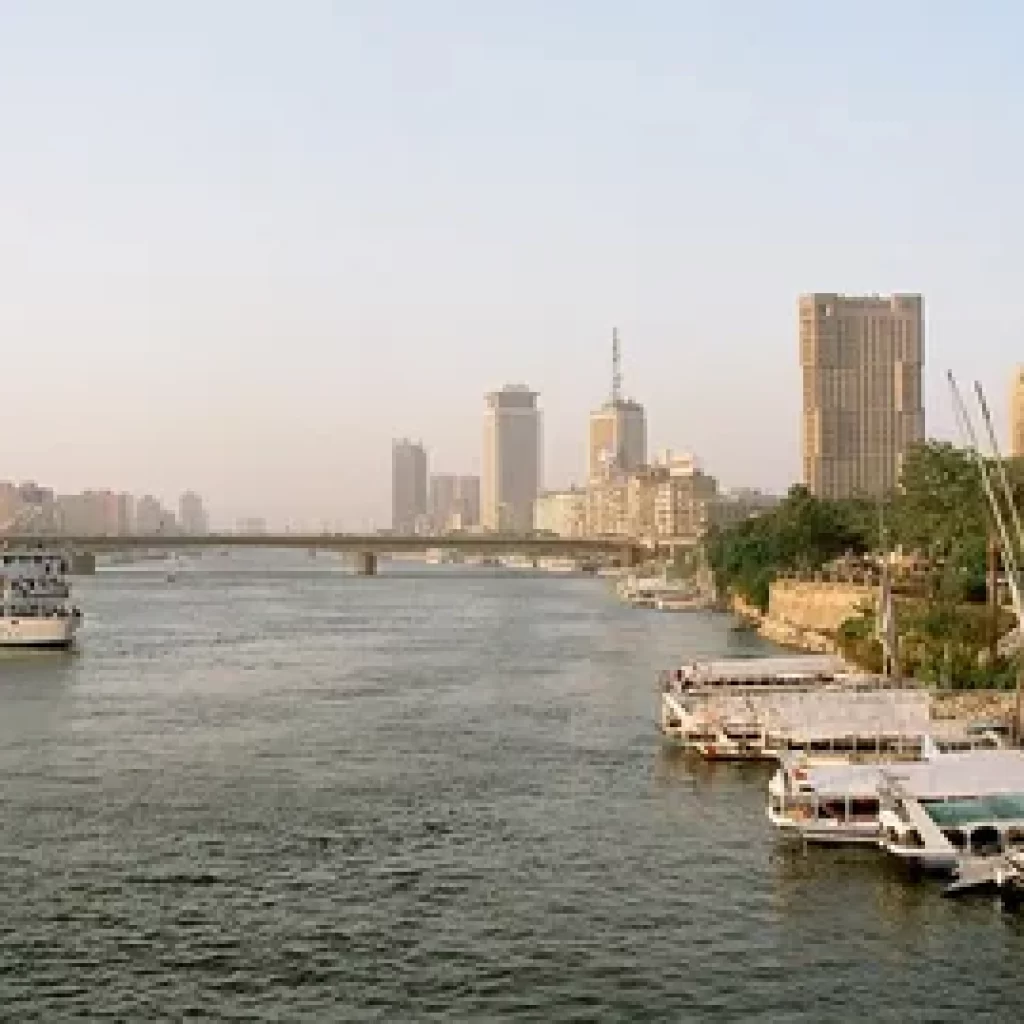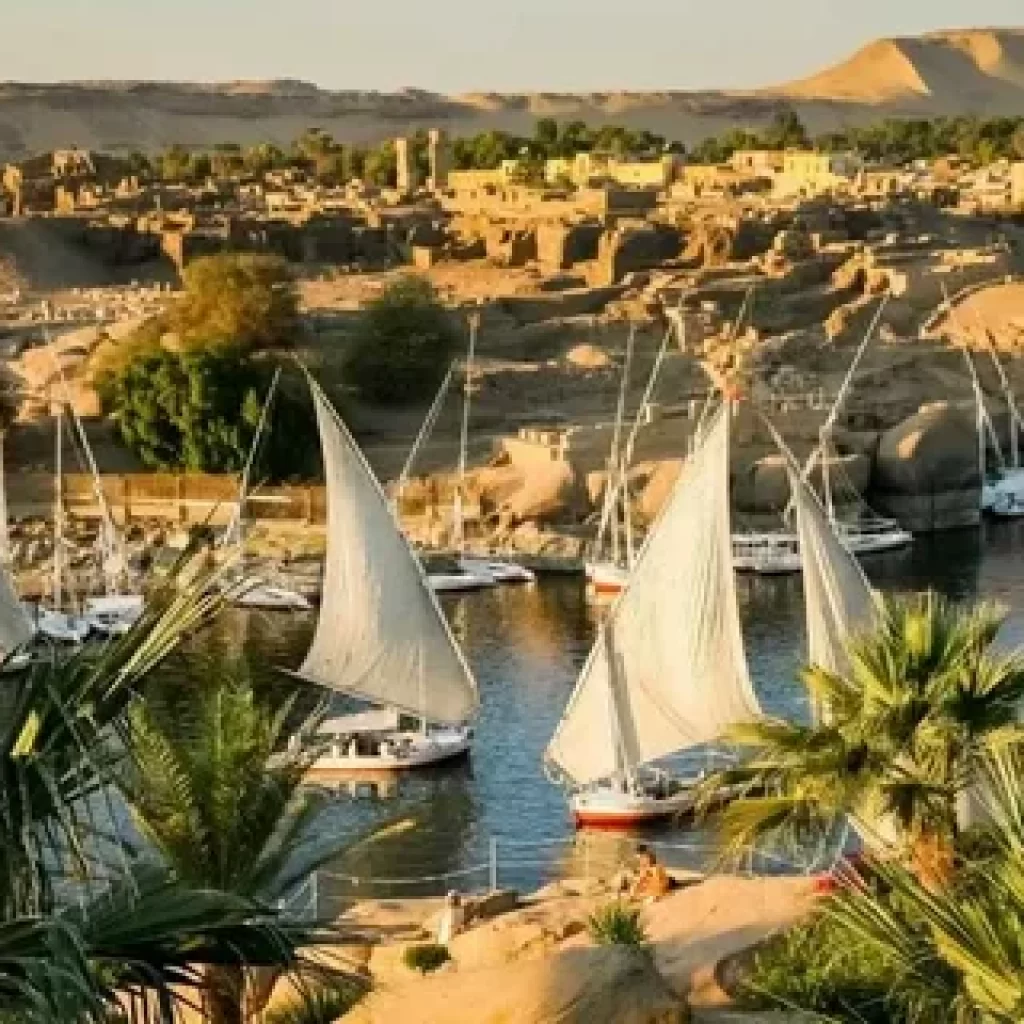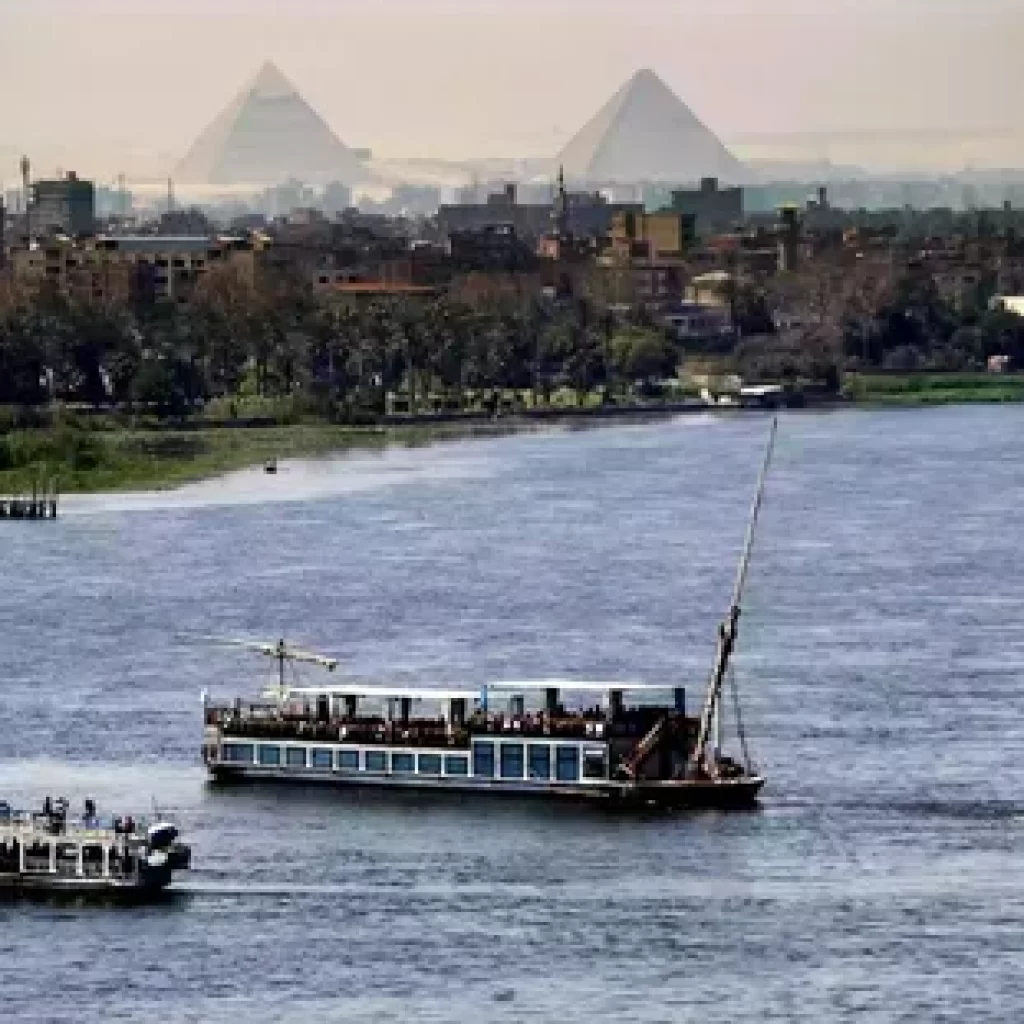“Cairo and Nile: A Timeless Bond”

Table of Contents:
- Introduction
- The Historical Significance of Cairo
- The Mighty Nile: Lifeblood of Egypt
- The Relationship Between Cairo and the Nile
- Cairo’s Ancient Monuments by the Nile
- Modern Cairo: A Metropolis on the Nile
- The Nile’s Impact on Cairo’s Economy
- The Cultural Fusion Along the Nile
- Environmental Challenges Facing the Nile and Cairo
- Tourism: Cairo and the Nile Experience
- Future Prospects for Cairo and the Nile
- Conclusion
- FAQs
Introduction
Cairo and Nile, the sprawling capital of Egypt, and the Nile River, the world’s longest river, are intrinsically linked in a timeless bond. This relationship has shaped the history, culture, and economy of Egypt for millennia. Cairo and nile, The city’s evolution and prosperity have been closely tied to the Nile’s life-giving waters, making Cairo a unique metropolis with a rich heritage and vibrant modernity Cairo and Nile.

1. The Historical Significance of Cairo
Cairo’s history dates back to the first millennium BC, though the city’s modern foundations were laid in AD 969 with the establishment of Fustat. Throughout the centuries, Cairo has grown into a pivotal political, cultural, and economic center in the Middle East and Africa. Its historical significance is underscored by its ancient mosques, churches, and the nearby pyramids of Giza.
2. The Mighty Nile: Lifeblood of Egypt
The Nile River, stretching over 6,650 kilometers, has been the lifeblood of Egypt for thousands of years. It has provided water, transportation, and fertile soil for agriculture, supporting civilizations from the time of the Pharaohs to the present day. The annual flooding of the Nile historically deposited nutrient-rich silt along its banks, enabling the growth of crops that sustained the population.
3. The Relationship Between Cairo and the Nile
Cairo’s development has always been intertwined with the Nile. The river’s strategic importance facilitated trade and communication, allowing Cairo to flourish as a bustling hub. The city’s location on the Nile enabled it to become a center of commerce, culture, and governance.

4. Cairo’s Ancient Monuments by the Nile
Cairo is home to numerous ancient monuments that stand testament to its rich history. The Great Pyramid of Giza, the Sphinx, and the temples of ancient Memphis are all situated near the Nile. These landmarks attract millions of visitors each year, drawn by the allure of Egypt’s storied past.
5. Modern Cairo: A Metropolis on the Nile
Modern Cairo is a dynamic metropolis that seamlessly blends the old with the new. Skyscrapers and contemporary buildings rise alongside historic mosques and colonial-era structures. The Nile continues to be a central feature, with the city expanding along its banks and developing vibrant neighborhoods.
6. The Nile’s Impact on Cairo’s Economy
The Nile plays a crucial role in Cairo’s economy, particularly through agriculture and tourism. The fertile Nile Delta supports a significant portion of Egypt’s agricultural production, while the river’s scenic beauty and historical significance attract tourists from around the globe. Additionally, the Nile serves as a vital transportation route for goods and people.

7. The Cultural Fusion Along the Nile
The Nile has facilitated cultural exchanges throughout history, contributing to Cairo’s diverse and rich cultural tapestry. The city is a melting pot of different cultures, religions, and traditions, all of which have been influenced by the presence of the Nile. Festivals, music, and cuisine reflect this unique cultural fusion.
8. Environmental Challenges Facing the Nile and Cairo
Despite its benefits, the Nile faces several environmental challenges that impact Cairo. Pollution, overuse of water resources, and climate change pose significant threats to the river’s health and the city’s sustainability. Addressing these issues is crucial for the future well-being of Cairo and its residents.
9. Tourism: Cairo and the Nile Experience
Tourism is a vital industry in Cairo, with the Nile offering unique experiences for visitors. Nile cruises, historic sites, and cultural tours attract tourists eager to explore Egypt’s ancient civilization and modern charm. The tourism sector is a significant contributor to Cairo’s economy, providing jobs and revenue.

10. Future Prospects for Cairo and the Nile
The future of Cairo and the Nile is closely linked to sustainable development. Efforts to preserve the river’s ecosystem, manage urban growth, and promote eco-friendly tourism are essential. By addressing environmental and social challenges, Cairo can continue to thrive as a vibrant city along the Nile.
Conclusion
Cairo and nile, share a symbiotic relationship that has profoundly shaped Egypt’s history, culture, and economy. The Nile’s life-giving waters have been integral to Cairo’s development from ancient times to the present day. The city’s landscape, dotted with ancient monuments like the pyramids of Giza and modern skyscrapers, reflects the enduring influence of the Nile. This river has facilitated trade, supported agriculture, and provided a source of sustenance, making Cairo a thriving metropolis Cairo and nile,.
The historical significance of Cairo is deeply intertwined with the Nile, which has enabled the city to become a cultural and economic hub. As Cairo continues to evolve, the Nile remains a vital lifeline, supporting the city’s growth and development. However,Cairo and nile, the future prosperity and heritage of Cairo depend on preserving this precious resource. Addressing environmental challenges such as pollution, water scarcity, and climate change is crucial for the Nile’s health and sustainability.

FAQs
- What is the historical significance of Cairo?
Cairo is a historic city founded in AD 969, known for its ancient mosques, churches, and proximity to the pyramids of Giza. - Why is the Nile River important to Cairo?
The Nile provides water, transportation, and fertile soil, supporting agriculture and the city’s development. - What are some famous monuments near the Nile in Cairo?
Notable landmarks include the Great Pyramid of Giza, the Sphinx, and the temples of ancient Memphis. - How does the Nile impact Cairo’s economy?
The Nile supports agriculture, tourism, and transportation, all vital to Cairo’s economy. - What cultural influences are seen along the Nile in Cairo?
Cairo is a melting pot of cultures, with diverse festivals, music, and cuisine influenced by the Nile. - What environmental challenges does the Nile face?
Pollution, overuse of resources, and climate change are significant threats to the Nile’s health. - What are future prospects for Cairo and the Nile?
Sustainable development, environmental preservation, and eco-friendly tourism are essential for Cairo’s future.





Comment (0)